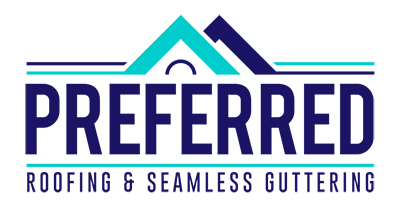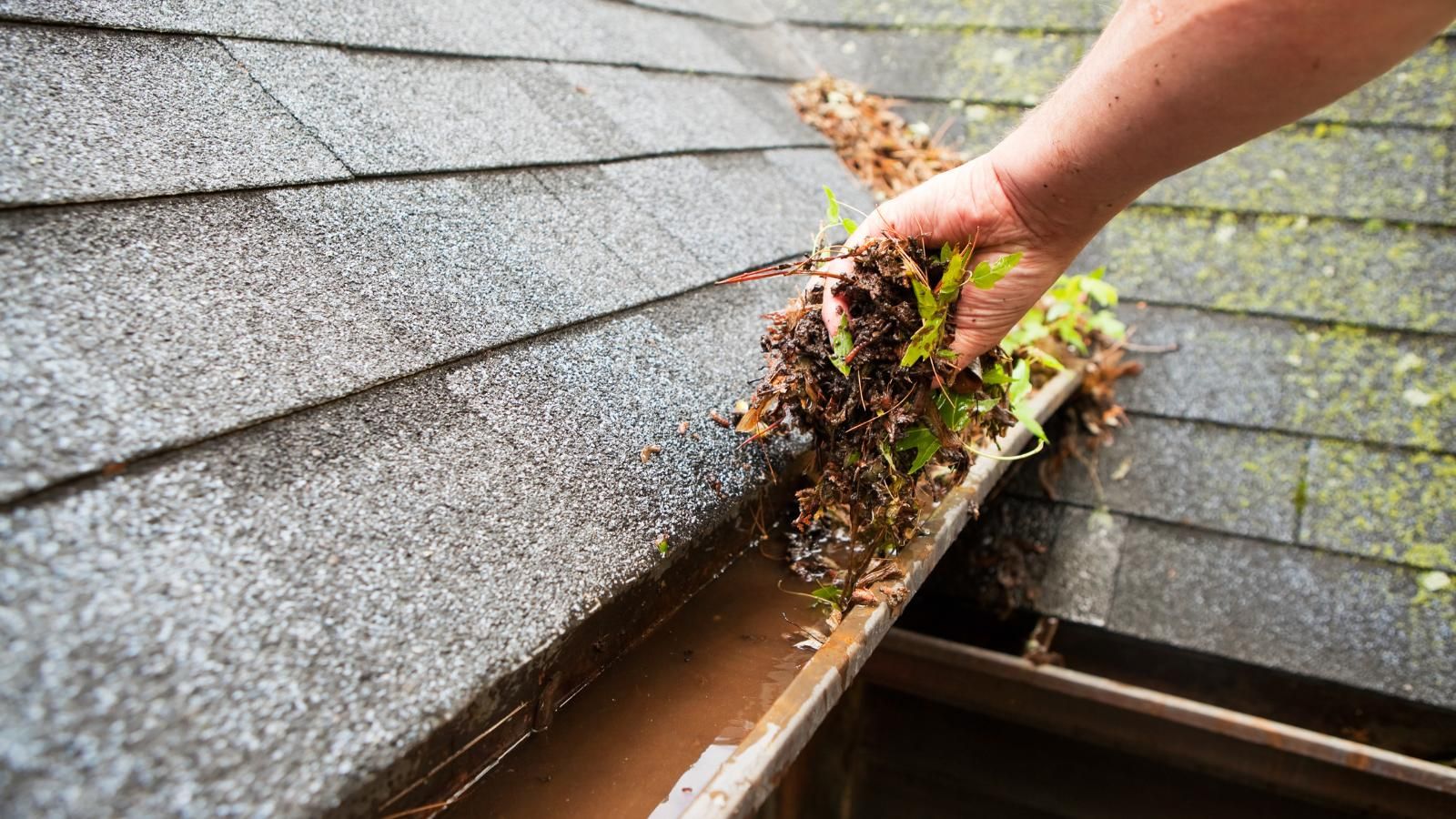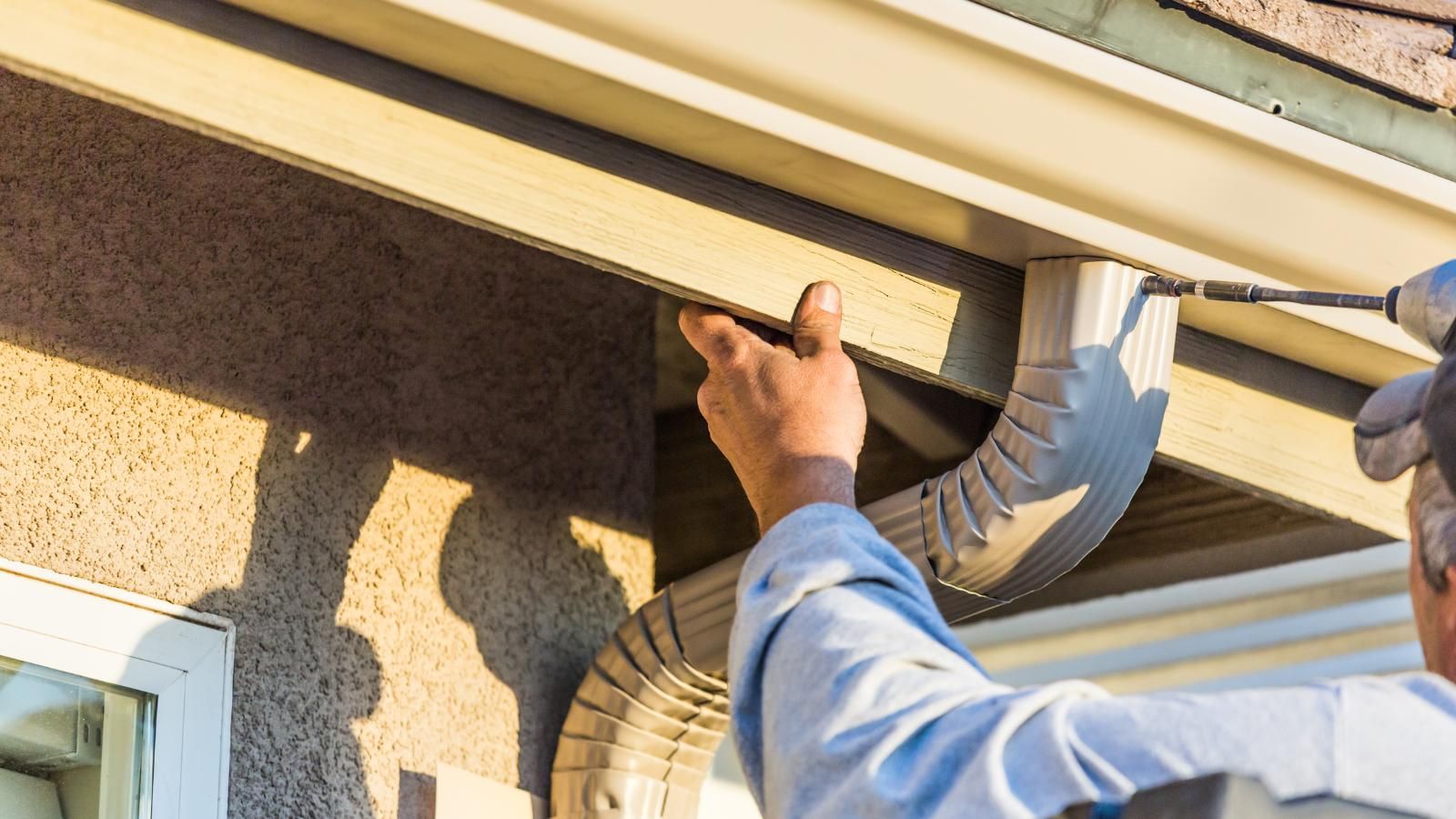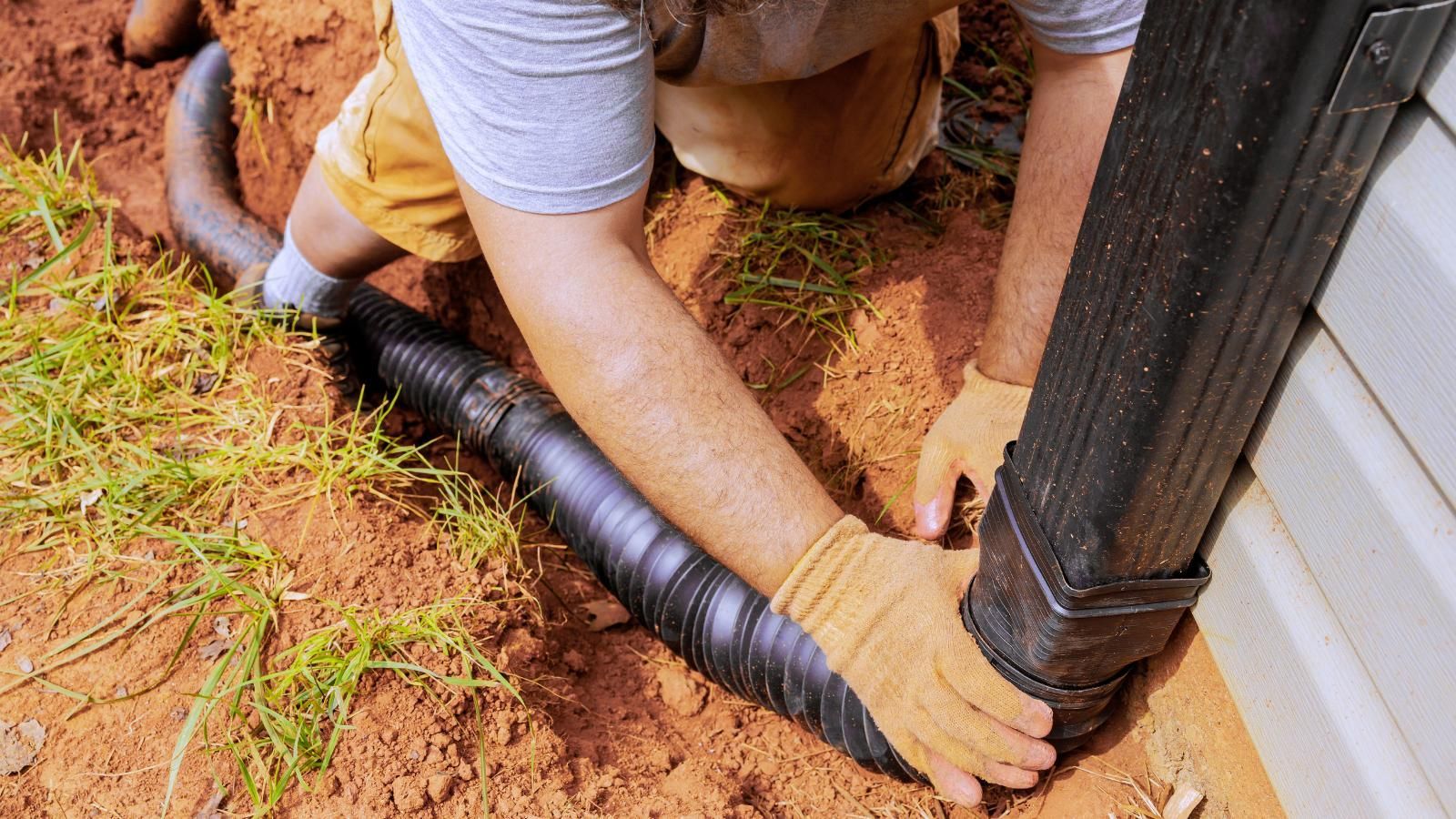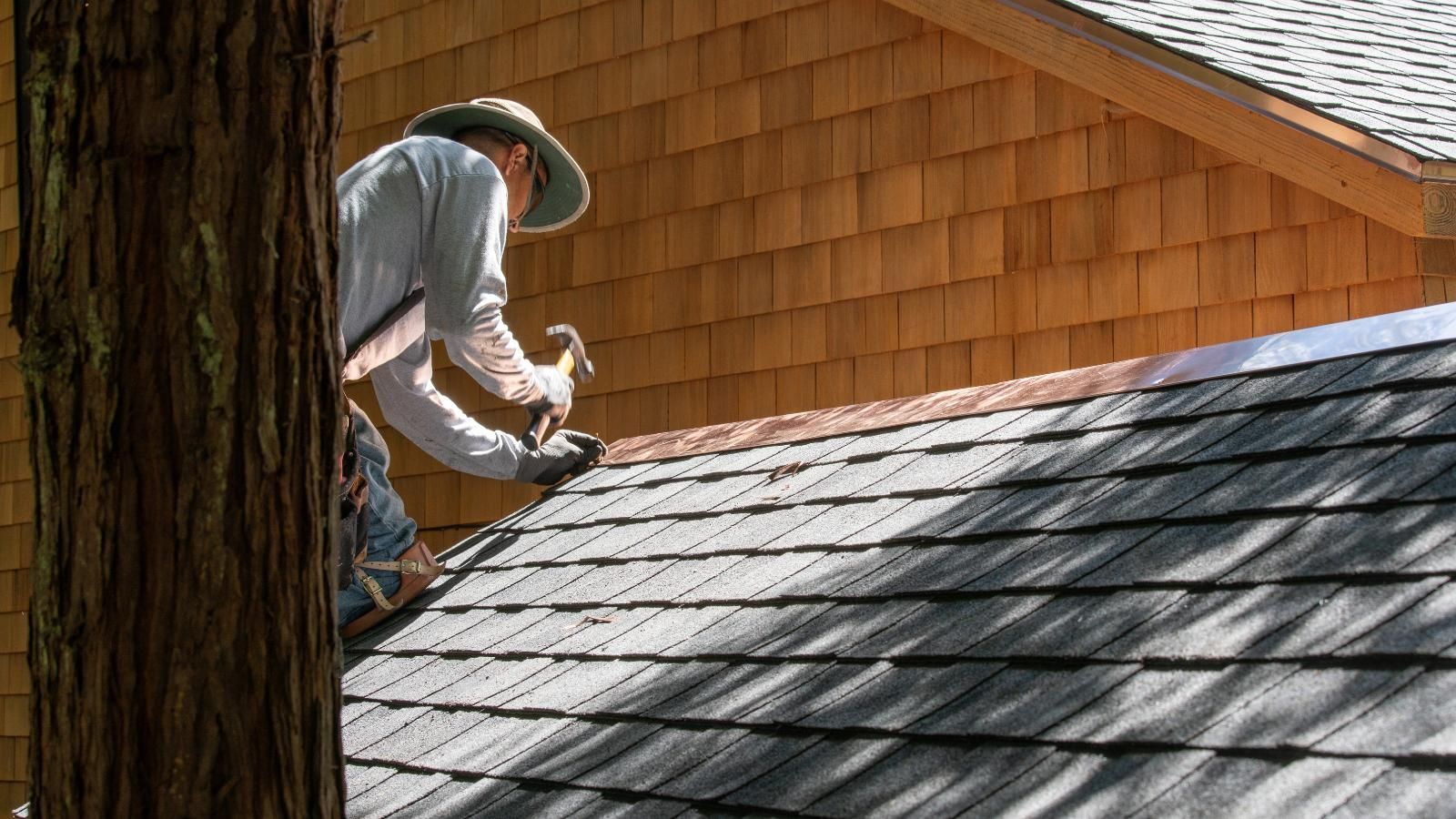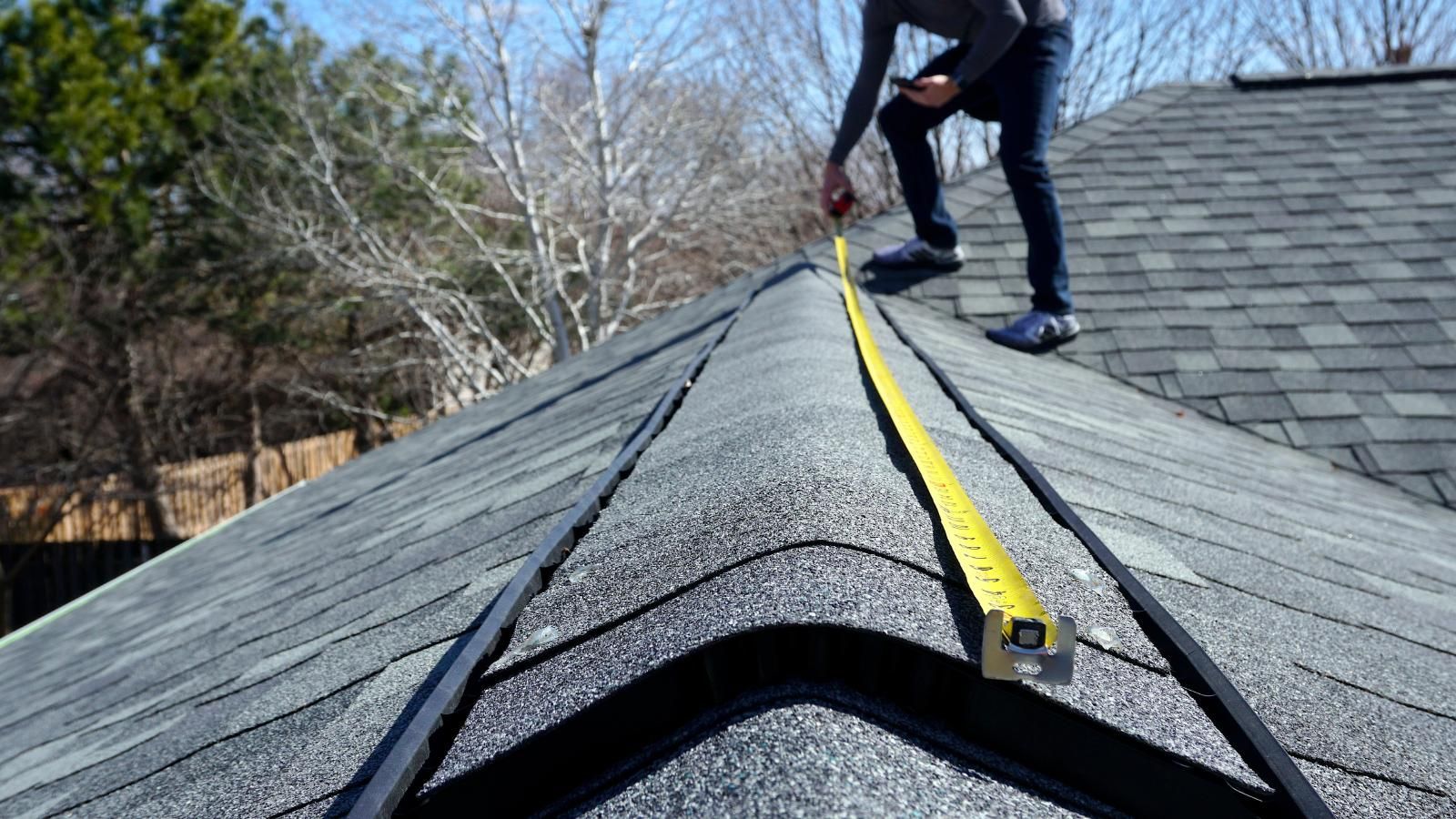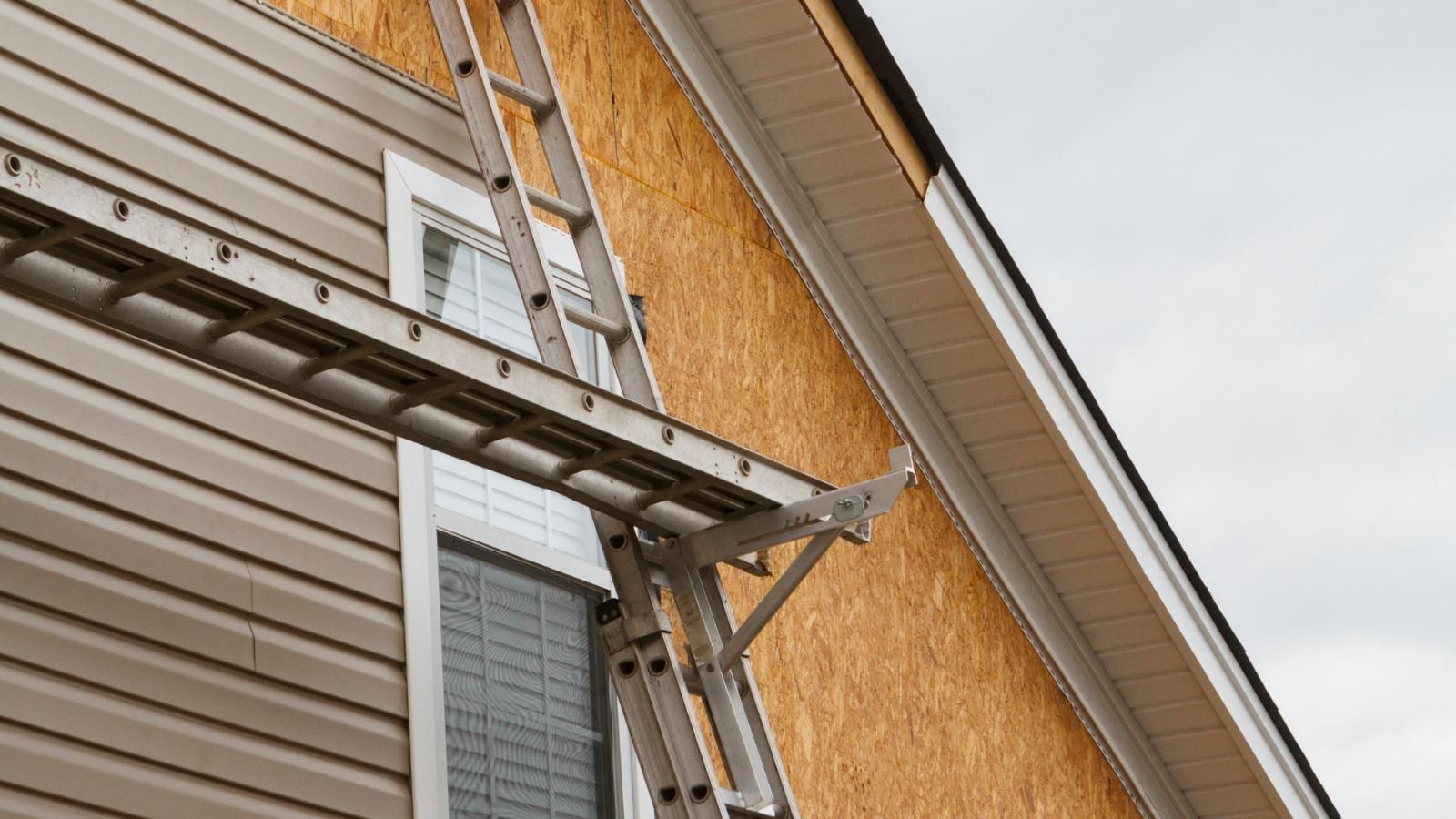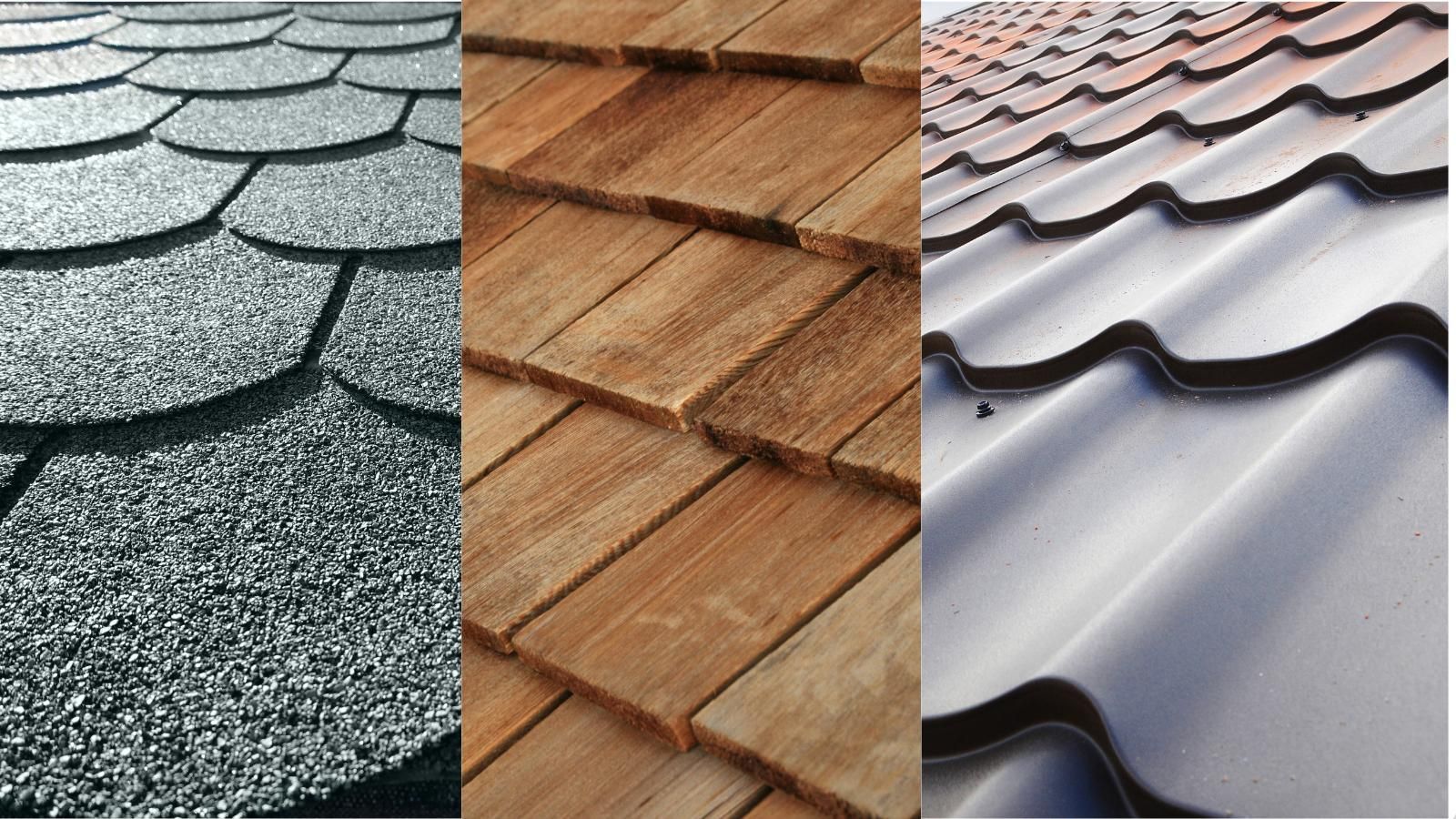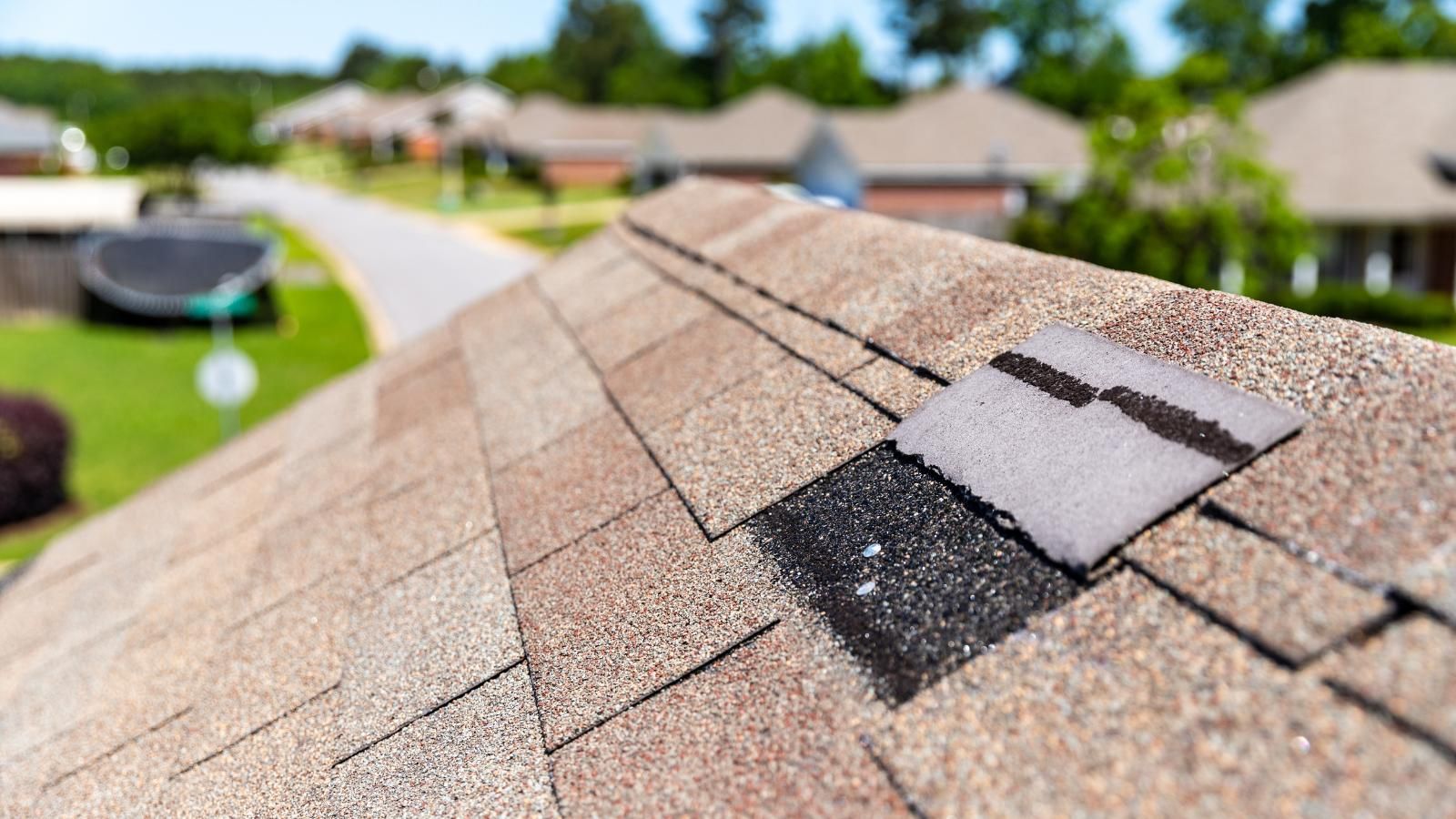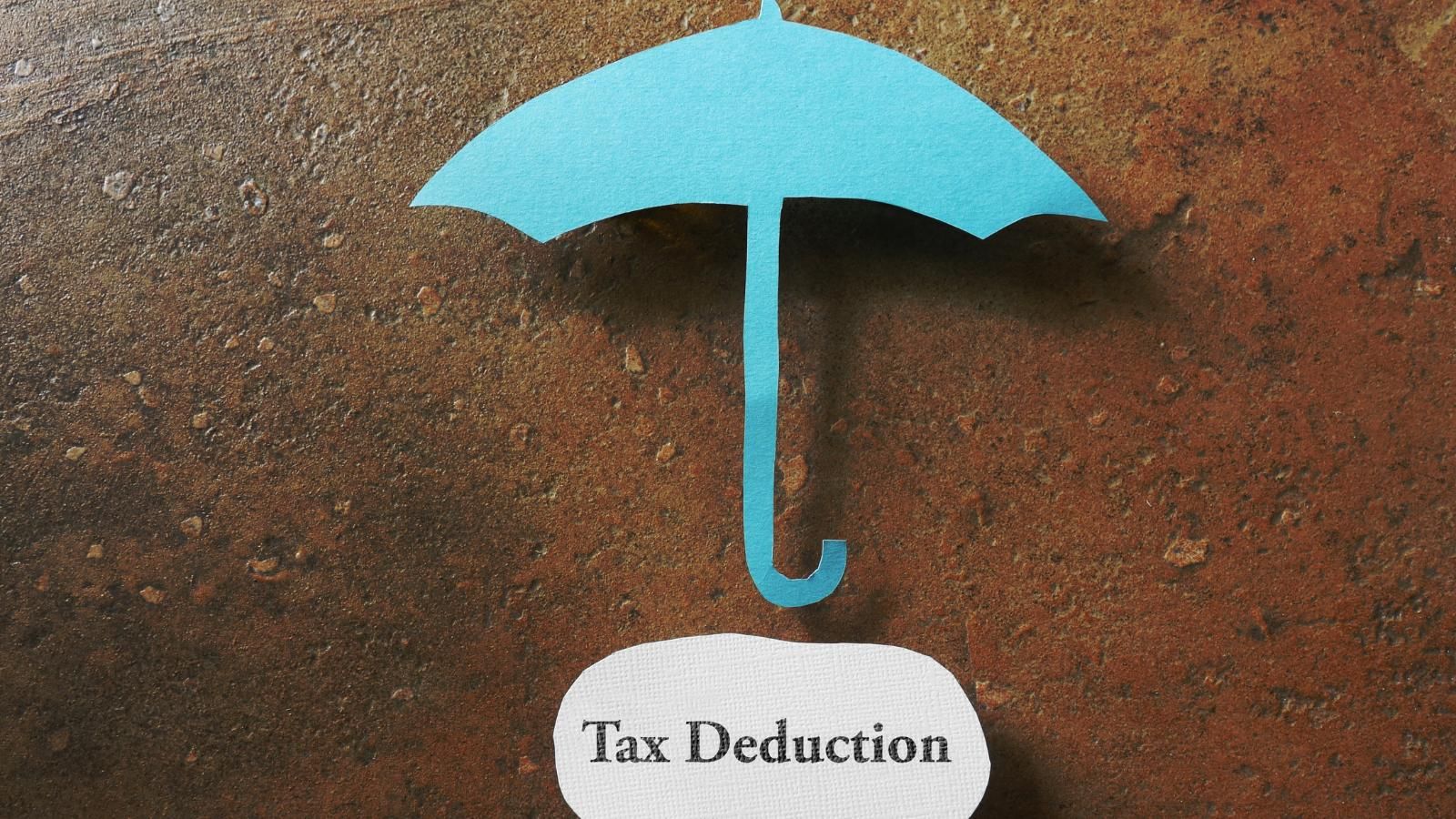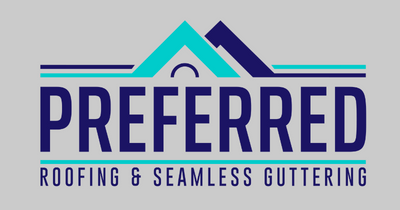Tin Roof vs Shingles: Which Costs Less Long-Term?
Homeowners preparing for a new roofing installation face the decision: pay less now or save more later? You’re faced with balancing the upfront costs with the long-term value, and the best solution depends on your situation. Determining the best investment depends on your local climate, maintenance costs, durability needs, and initial installation costs.
In this post, we’ll cover:
- The cost of a tin roof vs asphalt shingles
- Maintenance and longevity of each roofing type
- How location and climate can affect roofing choice
- The long-term cost of a tin roof or an asphalt shingle roof
The Right Roof Depends on Your Budget and Long-Term Goals
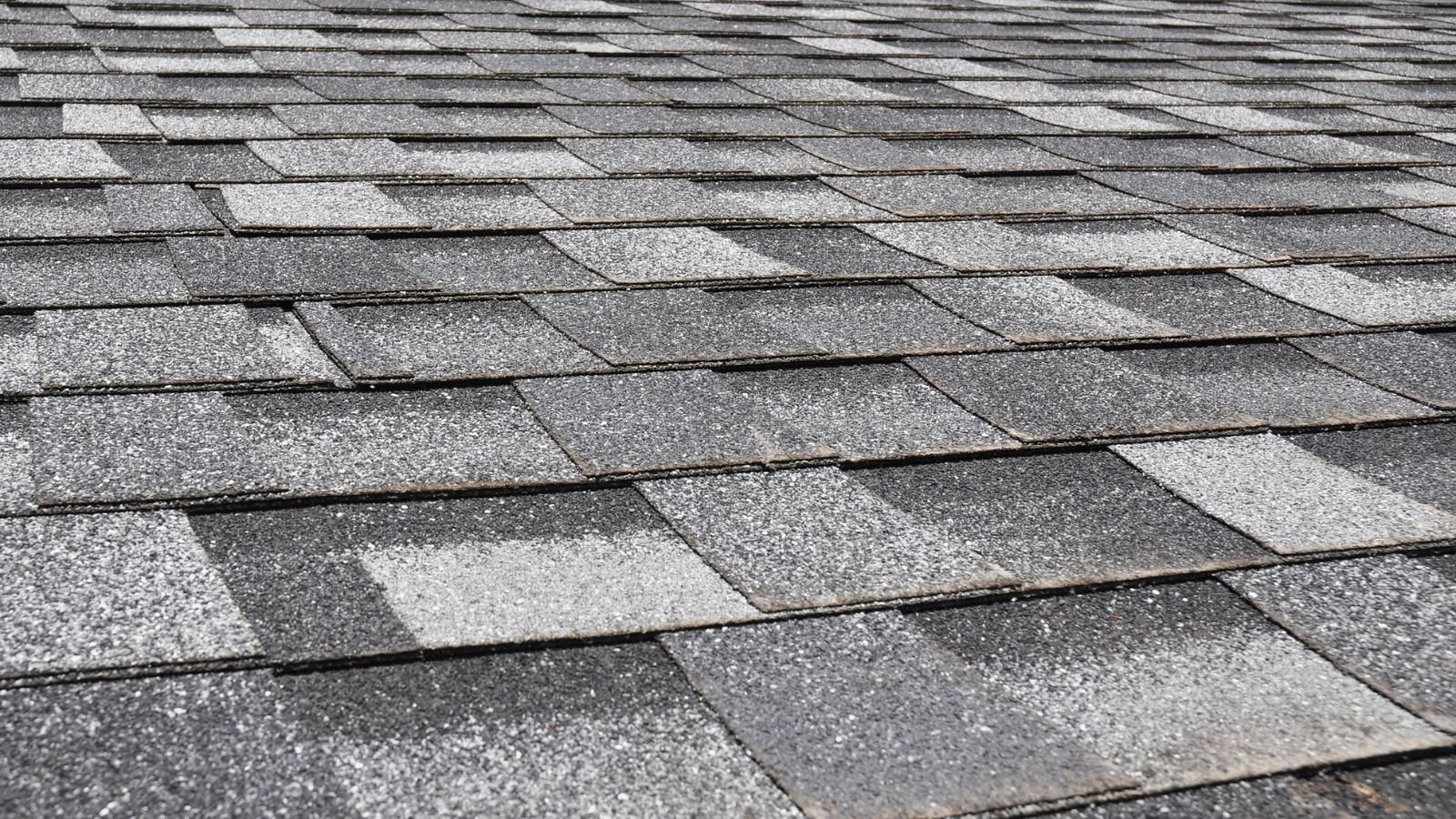
The initial lower cost of asphalt shingles is attractive for budget-conscious homeowners. However, metal roofing options are gaining popularity because they deliver significant savings over time through lower maintenance requirements and durability. Factor in the roofing material’s lifespan, maintenance requirements, and energy efficiency benefits. Both shingles and metal roofs will offer excellent value when matched with your goals. Do you need to save money now, or does investing in durability for the future work better for you? Either way, working with a licensed, professional roofing contractor ensures a quality installation that protects your investment.
Cost Comparison of Tin Roof vs. Shingles
Generally, asphalt roofing shingles range in price from $5,000 to $8,000 for standard installations, compared to tin roofs and other metal roofing options, which can cost up to $15,000, depending on size and material quality. This price gap narrows when you factor in the lifespan of metal roofs (40 to 70 years) compared to shingles with lifespans of 15 to 30 years. Warranties for metal roofing are also better, with 40+ years compared to shingles' 20 to 25-year warranties.
Additionally, metal roofs reflect solar heat, reducing energy bills by up to 25% and extending their long-term savings potential. Bottom line: Shingles are initially less expensive, but a metal roof’s durability, efficiency, and low maintenance needs can make it the most cost-effective decision over time.
Maintenance and Durability Over Time
Inspecting asphalt shingles frequently is
necessary to detect damaged or missing shingles and prevent moss or algae growth with treatments. Metal roofs occasionally need resealing of fasteners or clearing of debris, but they’re strongly resistant to rot, mold, and insect damage.
In terms of durability, metal roofing has a strong advantage over asphalt shingles. Metal roofs have a life expectancy of 40 to 70 years with little maintenance required. Replacement of asphalt shingles is recommended every 15 to 30 years.
Repair and maintenance costs for shingle roofs over 20 to 30 years could exceed $2,000 to $4,000. Because metal roofing is more durable with low-maintenance requirements, you’ll have fewer repair costs, especially when your home is exposed to harsh weather.
Regional Factors That Affect Roofing Costs
Consider the climate in your location when deciding which type of roof installation would serve you best. Metal roofs outperform shingles during hailstorms and heavy snow due to their impact resistance and shedding ability; they also lower cooling costs by reflecting heat well. Shingles still could be the preferred choice in milder regions for strong protection at an affordable price.
Your location can also affect labor rates and material availability. If you live in a community with a strong roofing industry, competition could be your friend. Those living in rural or high-cost areas may be charged more. Regional building codes can also influence the materials you can use, and homeowner associations may have aesthetic guidelines.
These regional factors influence the type of roof you choose that fits your budget and stands up to your environment.
Is a Tin Roof Cheaper Than Shingles Over Time?
Yes, over time, a metal roof is cheaper than shingles when you define cheaper as long-term value. The initial cost of asphalt shingles is lower, but the long-term value of a metal roof makes it the most cost-effective choice.
Look at it this way: the installation of a shingle roof on a 2,000 sq. ft. home could cost $7,500 and last 20 years.
Installing a metal roof
on the same house could cost $13,000, but it will last 50 years. Homeowners with shingle roofs may need to replace their roofs within the same timeframe, which will double their cost. Furthermore, metal roofs require less maintenance, fewer repairs, and provide energy savings due to their reflective surface. A metal roof offers long-term savings.
Certainly, you can’t achieve the cost savings benefits of a new roof without expert installation. To maximize the return on your investment, always hire a licensed contractor to ensure proper sealing, ventilation, and long-term durability.
Choose the Roofing Material That Fits Your Long-Term Budget
Shingles are affordable, provide adequate protection, and are ideal when replacing a roof on a budget. Metal roofing options cost more initially, but last longer with lower maintenance costs.
Is a tin roof cheaper than shingles? The answer depends on your budget, climate, and long-term goals. It’s always wise to consult with a professional for your next roofing installation, such as
Preferred Roofing, serving all of KCMO including Lee's Summit.
